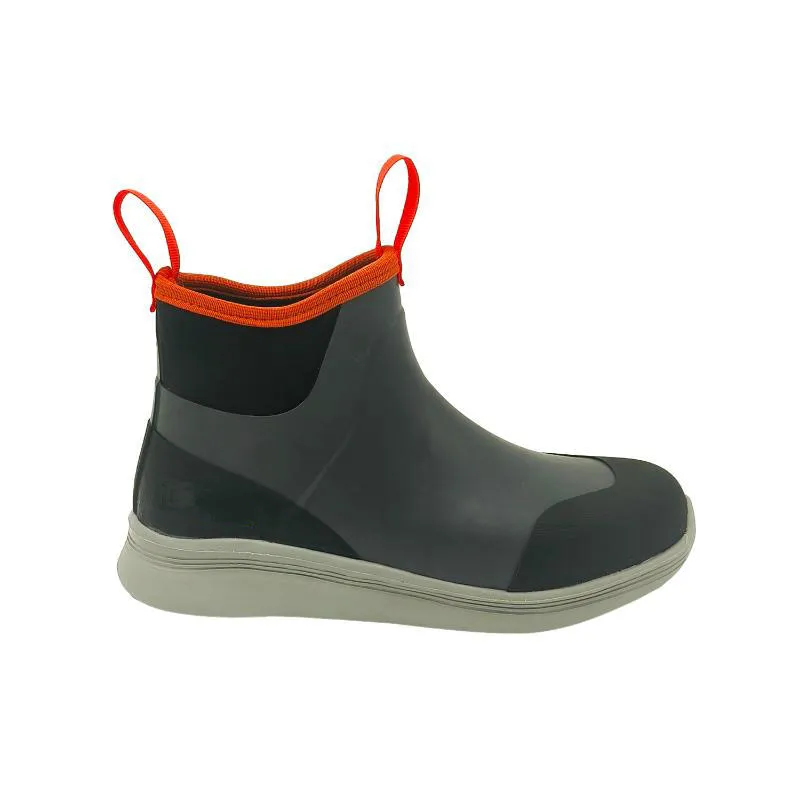Different Types of Athletic Shoes A Comprehensive Guide
Athletic shoes, often referred to as sports shoes or trainers, are essential for anyone engaged in physical activities. They come in various types, each designed to cater to specific sports and activities. Choosing the right athletic shoe can significantly enhance performance, comfort, and safety. This article will explore the different types of athletic shoes and their unique features.
1. Running Shoes
Running shoes are designed specifically for running, offering features that enhance comfort and performance. They typically have cushioning in the midsole to absorb impact, and their outsoles provide good traction for forward motion. There are two primary categories of running shoes neutral shoes for runners with a neutral gait and stability shoes for those who overpronate, providing extra support on the inside of the shoe. Trail running shoes also fall under this category, which are designed for off-road running, featuring deeper treads and more durable materials to handle rough terrain.
Walking shoes prioritize comfort and support, making them ideal for daily walks or casual outings. They generally have a lightweight construction, a cushioned sole, and a flexible design to allow for natural foot movement. Unlike running shoes, walking shoes typically have a flatter outsole for better ground contact. Many walking shoes also include additional arch support and cushioning in the heel and toe areas to reduce strain during extended use.
3. Cross-Training Shoes
Cross-training shoes are versatile and designed for activities that involve various forms of exercise, such as aerobics, weight lifting, and high-intensity training. They provide a balance between stability and flexibility, allowing the foot to move freely while offering sufficient support during lateral movements. The sole of cross-training shoes tends to be flatter and wider compared to running shoes, making them suitable for activities that require quick directional changes.
different types of athletic shoes

4. Basketball Shoes
Basketball shoes are engineered to provide ankle support and cushioning during high-impact movements. These shoes typically feature a higher collar to support the ankle and a snug fit to prevent excessive foot movement inside the shoe. The outsoles are designed with herringbone patterns for improved traction on the court, enabling quick stops and starts necessary for the sport. Additionally, basketball shoes often incorporate responsive cushioning technology to absorb the shock from jumps and hard landings.
5. Soccer Cleats
Soccer cleats are specifically designed for playing soccer and feature studs on the outsole for traction on grass or turf. The arrangement and length of the studs vary based on the type of field surface. These shoes typically have a snug fit that allows for better ball control and foot movement. The upper part is often made of synthetic materials or leather, providing a balance of durability and touch on the ball.
6. Tennis Shoes
Tennis shoes are built to support the quick lateral movements and sprints associated with the game. They often feature reinforced sides to provide stability during side-to-side motions, along with thick cushioning in the midsole for shock absorption. The outsoles of tennis shoes can vary based on the playing surface, with hard court shoes having a more durable rubber compound, while clay court shoes have a unique tread pattern to provide traction.
Conclusion
In conclusion, choosing the right type of athletic shoe is critical for optimizing performance and ensuring comfort during physical activities. Whether you're running, walking, playing basketball, or engaging in cross-training, understanding the specific requirements of each sport can help you make informed decisions. Investing in a quality pair of athletic shoes tailored to your activity can enhance your experience and reduce the risk of injuries, allowing you to enjoy your exercise routines to the fullest. Always remember to try on shoes and consider factors like fit, cushioning, and support to find the perfect match for your athletic needs.
-
Stay Dry in Any Condition with WadersNewsJul.17,2025
-
Elite Performance with Camouflage Combat BootsNewsJul.17,2025
-
Dry and Comfortable with Green Rubber Garden ShoesNewsJul.17,2025
-
Convenient Protection with Foldable RainbootsNewsJul.17,2025
-
Comfort and Protection with Neoprene Work BootsNewsJul.17,2025
-
Brighten Rainy Days with Floral Rain BootsNewsJul.17,2025
-
Safety Wellies: The Ultimate Combination of Protection, Comfort, and VisibilityNewsJun.19,2025











